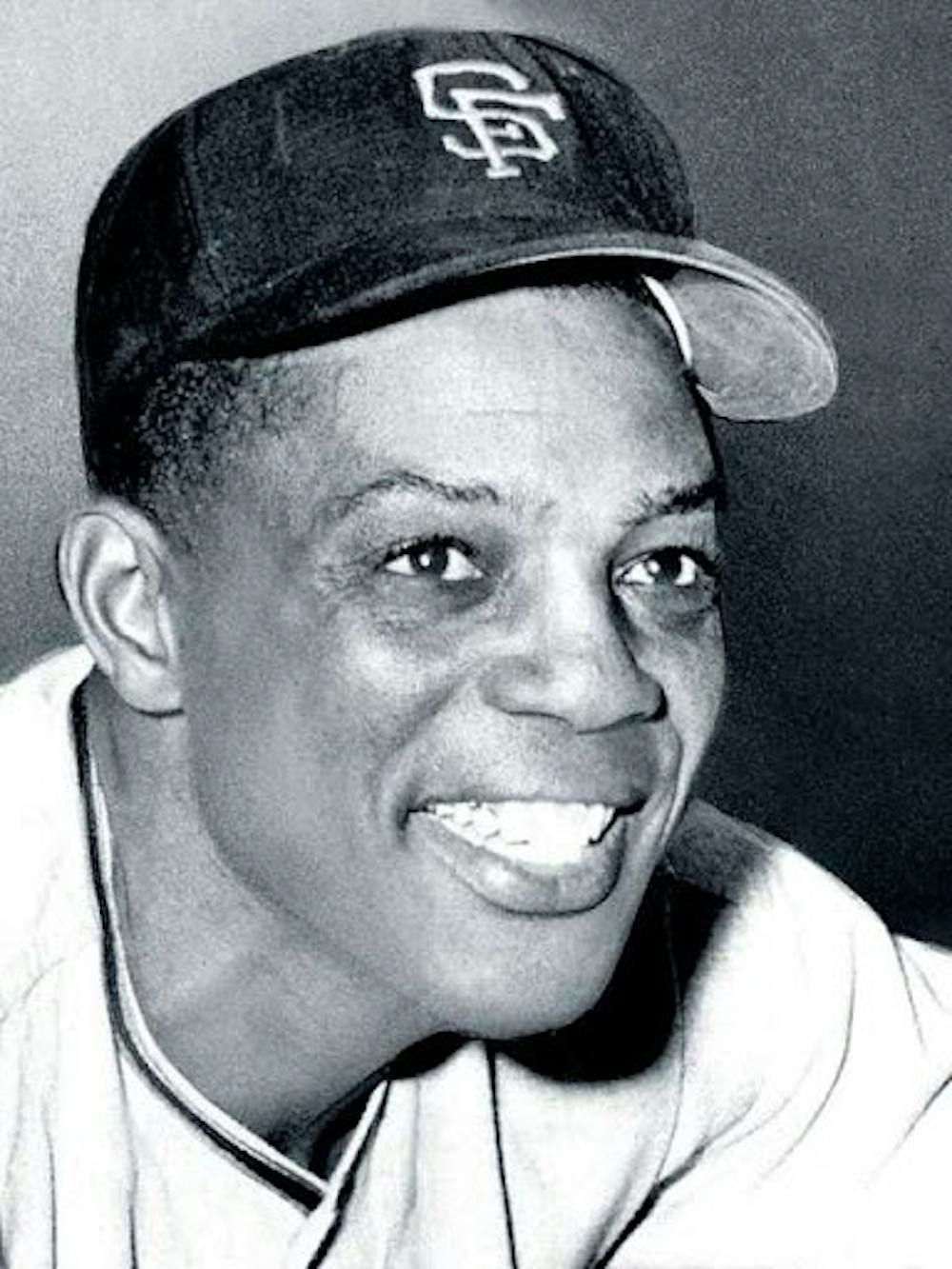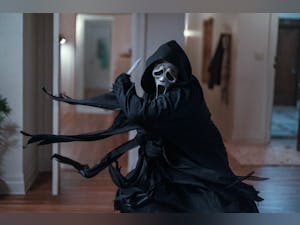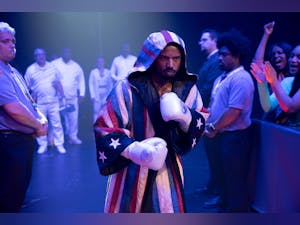From: Silver Screen
REVIEW: ‘Say Hey, Willie Mays!’ spotlights a cultural icon

“Say Hey, Willie Mays!” tells the true life story of Willie Mays, focusing both on his transcendent baseball ability but also the racism he overcame and continued to face throughout his career.
The documentary uses interviews with Mays’ peers such as Reggie Jackson and Orlando Cepeda alongside politicians and activists like former San Francisco Mayor Willie Brown and Harry Edwards. Mays was a baseball player, but more importantly, he was a cultural icon.
The documentary opens with clips of Mays and a collage of quotes praising him, lauding him as one of the greatest baseball players ever. Black and white clips make the viewer feel as if what they are watching is from a bygone era before transitioning to Mays in the flesh being helped into a chair in his home.
The first interviewee, Barry Bonds, typically thought of as a stoic figure by baseball fans, immediately becomes emotional talking about Mays’ impact on him.
Viewers are then launched into a compilation of Mays’ highlights set to “Shotgun” by Junior Walker & The All Stars, immersing viewers in his heyday of the 1960s.
The documentary transitions into a discussion of segregation, racism and major parts of Mays’ childhood in Alabama. Historians and activists speak on the importance of the Negro Leagues to Black communities in America. Mays first played with the Birmingham Black Barons of the Negro American League.
Baseball is regarded as America’s pastime, yet the history of Black American baseball is not often discussed. The Negro Leagues are integral to baseball history, and this documentary helps give them the praise they deserve because this is not a documentary about baseball; it is about American culture and politics through the lens of Mays’ life and career.
The film does not stray away from the real world of racism that Mays and other Black players experienced. For example, it covered how teams from the Negro Leagues were often not compensated by the MLB for the players they poached. The Negro Leagues are so often spoken about as a part of a faraway history, but Mays, a former Negro Leaguer, is alive and well. This documentary reminds viewers that integration did not happen that long ago.
The characterization of Mays’ cultural impact is one of the documentary’s most important and successful aspects. Mays’ accomplishments on the field are made clear as he gives his interview from a room filled with his memorabilia, but he’s also spoken of as an incredible personal role model by Bonds and others who are rarely thought of as needing a role model.
Of course, the film rightly highlights Mays’ baseball legacy as well. The main moment of Mays’ career in New York that the film focuses on is “the catch,” and rightfully so, as it was widely regarded as one of the greatest plays in baseball history. An over-the-shoulder catch made by Mays on the run deep into centerfield at the Polo Grounds, it took place during game one of the 1954 World Series.
The film captures its greatness well, combining real clips with interviews of Mays and others who were there in order to capture the moment and make up for the lack of comprehensive footage covering the play. The documentary continues to march through Mays’ career, next with the Giants’ move from New York to San Francisco and the struggles he faced buying a home there.
Films give us the power to immortalize our icons, and this documentary does just that. It captures the essence of Willie Mays as a person and as a player, helping educate future generations about one of the greatest baseball players ever. Mays was an exceptional athlete, yes, but he’s also just a man who loves the game and played for that love every day.
“Say Hey, Willie Mays!” was released on HBO on Nov. 8. This article was edited by Liah Argiropoulos, Spenser Hoover, Lee Clarke and Nina Heller. Copy editing by Sophia Rocha, Stella Guzik, Katie Mass and Natasha Lachac.




